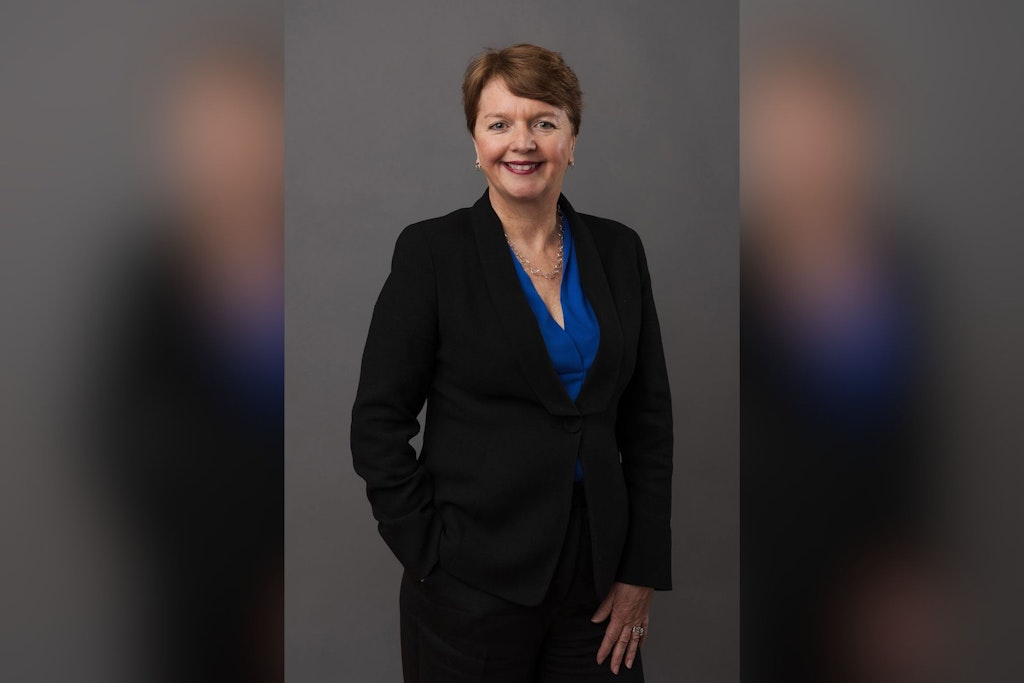Can embedded palliative care training prevent hospitalisation rates from skyrocketing?
Last updated on 14 December 2023

Data from the Australian Institute of Health and Welfare (AIHW)’s Palliative care services in Australia shows that palliative care hospitalisations have increased at an above-average rate over the last decade. This upward trend is potentially resulting in palliative care recipients spending their final days in an unfamiliar, clinical environment.
The role of a residential aged care provider is an impactful one during palliative care and end-of-life care. Not only is there coordination of care, but also high levels of comfort, support and respect. But with more hospitalisations, Camilla Rowland, Chief Executive Officer, Palliative Care Australia (PCA), said palliative care recipients may not have the opportunity to choose where they die.
Key facts: Palliative care services in Australia
- In 2021-222, just under 95,000 palliative care-related hospitalisations occurred, a 29% increase from 2015-16
- The average age at admission was 75 and the average length of stay was 10.3 days, almost twice as long as other hospitalisations
- Approximately 2% of the residential aged care population in 2021-22 had received an ACFI appraisal indicating a need for palliative care
- Exactly 50% of that cohort exited residential aged care within eight weeks of admission, compared with 7.9% for those not requiring palliative care, with death as the most common reason for exit
With the expected number of people receiving palliative care to double by 2050, Ms Rowland told hello leaders that action is required now to improve support.
“We are consistently seeing the number of palliative care-related hospitalisations increasing at a faster rate than for all hospitalisations – a 29% increase compared with a 10% overall increase over the seven years up to 2021-22,” Ms Rowland said.
“One reason is we have an ageing population. We haven’t planned for [the increase in palliative care recipients] in terms of palliative care funding for our age care needs so aged care providers can get ahead.”
“From a social and quality care perspective, most people want to die in their own homes. If they’re in residential aged care that is their own home. They don’t want to be shipped off to the hospital every time they become symptomatic: they would like somebody to be trained in their aged care facility that can attend to their needs,” she added.

Ms Rowland also identified a more formal palliative care assessment process as essential to improving the quality of care provided. Even for those not requiring palliative care, she says an early assessment is necessary for identifying future health concerns and care requirements.
“We want people to receive a palliative care assessment at the time they enter into an aged care facility. And we’re not just talking about advanced care planning; we want to see planning that looks at the illness they have and what that means for their evolving care needs,” she said.
Training and education can reduce hospitalisations
Although there is a basic level of palliative care training provided to qualified aged care workers, Ms Rowland said it needs to be more than an introductory course. From programs such as ELDAC (End of Life Directions for Aged Care) to PEPA (Program of Experience in the Palliative Approach), she believes that it needs to be embedded in courses and aged care homes to truly have a long-term impact.
According to Ms Rowland, just a small fraction of aged care providers have palliative care programs embedded in their care practice.
“From a quality care perspective, offering residents staffing and practices that help provide them with comfort and support where they live is paramount. We would like the initiative taken to engage in programs like PEPA and that can happen in one of two ways,” Ms Rowland explained.
“The staff member can go undertake work experience in a palliative care unit or a hospice and receive training there or a PEPA trainer can be brought into the aged care facility where they train several staff members at once.”
Embedded and ongoing training would ensure that residents receive appropriate care within their home setting while reducing the need to be admitted to the hospital when symptoms flare up. This would reduce the financial cost and allow the resident to remain socially connected with friends and family, not isolated in a clinical setting.
More experience in palliative care is something that Ms Rowland hopes to see across the board, including with General Practitioners (GPs). Their expertise is such that she sees a meaningful impact on aged care staff who may not have the relevant knowledge, particularly in areas where the workforce capacity is already limited.
“GPs are a key part of the care journey for somebody who goes into residential aged care and understanding their end-of-life needs and their palliative care needs is important. When aged care staff are not trained in palliative care it’s important to have that clinical advice and support from a GP and an external palliative care team.”